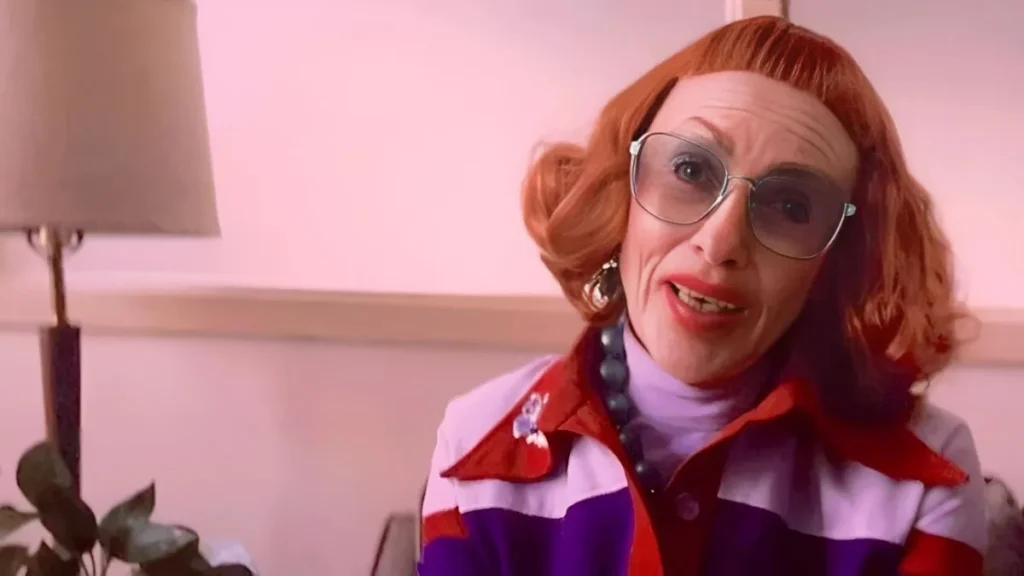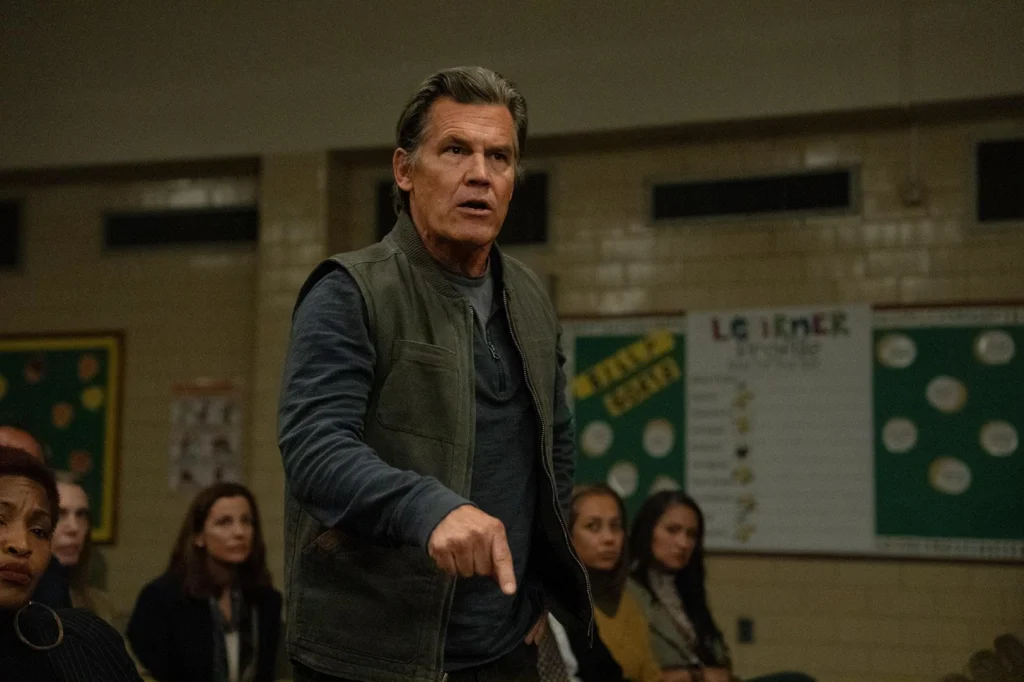From Flags to Costumes—the Diversity in Harry Potter and the Goblet of Fire
Looking back at the representation of different cultures in the magical world of Harry Potter


Starting from the investigations for the unsolved supernatural event, I thought the narrative was going for describing the mental torture of being witch-hunted as an innocent person. It unexpectedly turned out to be multiple stories instead of one. Apart from a haunting mystery, the interactions and relationships between the characters are the main aspect leading the audience’s curiosity and emotions. We have stories about school policies, cheating, a homeless person’s hustle, and the power dynamic in the police station, and so on, which are not always related to the central event but are still at the edge of breakdown for their own sake. Smartly, through these different points of view in the semi-chronological order, the truth was unveiled in front of our eyes without being confusing.
In the chapter of Marcus, his partner was obviously charmed by Gladys’s appearance and behaviors—an elder woman dressed in bold, colorful, and stylish clothes with enthusiastic and eccentric manners: a typical kind of woman that a lot of gay men would adore. Without showing him and Marcus kissing or calling each other darling, the film shows their domestic and adorable interactions and couple costumes. With his blurring facial expressions in the background, we can see he was even more intrigued after she asked for a bowl to drink water. This is one of the most authentic and subtle representations of queers on screen I’ve seen recently. I, too, would be so invested if I met a woman like this, who I hope is not a witch. This short encounter right before the beginning of the climax (and killings) is the most amusing part of this film for me, among all the humor elements planted inside.

There are two parts where the idea of parasites was brought up. One is in the TV program Marcus and his partner were watching, and the other one is the lesson Justine taught in class in Alex’s memory. In the second half of the film (also hinted at in the title), it gave space to the audience’s imagination, wondering about what exactly the cruel way is used to control children. I assumed the procedure would be incredibly loathsome, similar to the parasites invading ants’ bodies. It’s revealed at the end it’s a neat witchcraft involved with a bell, wooden sticks, hair, and water. It’s hard to tell if it’s a relief or disappointment.
As a common vehicle for horror, the door also features as a major part in this film. But instead of creating fear from its possible opening, the door here creatively presents as a hollow black hole, sucking all the light in. The persons emerged from the void like a manifestation of evil in everyday life. The dream sequence of Archer is also very refreshing: a giant rifle appeared in the sky above the house, with red light shining from inside.

Even though we connect this rifle with the poster inside the bedroom of Archer’s child, it doesn’t have an explicit message. This scene was just a flow of unconsciousness—like a dream, which makes this my favorite part of the movie. It easily reminds people of the problem of gun violence in school. The premise of this film presents as a worry and incomprehension of young children’s well-being. At the end, it’s revealed that the children were weaponized by the evil and became deadly and horrifying beings themselves. This phenomenon perfectly encapsulates a paranoia about children’s physical/metal health and unknowingly becoming “evil,” which are often used as talking points in the polarized political discourse.
I wouldn’t say that all the humor elements or horror elements worked for me, but some characteristics of this film are surely notable. There is another Incluvie review for Weapons by Nilufer Ozmekik, commenting on the production and comparing it with other horror films. Feel free to check it out!
Related lists created by the same author
Looking back at the representation of different cultures in the magical world of Harry Potter
Related diversity category
t’s relatable and heartbreaking all at once, and it’s impossible to watch Happy Together without reflecting on oneself. The film is stunning in every aspect, and is a vital piece of LGBTQ cinema.